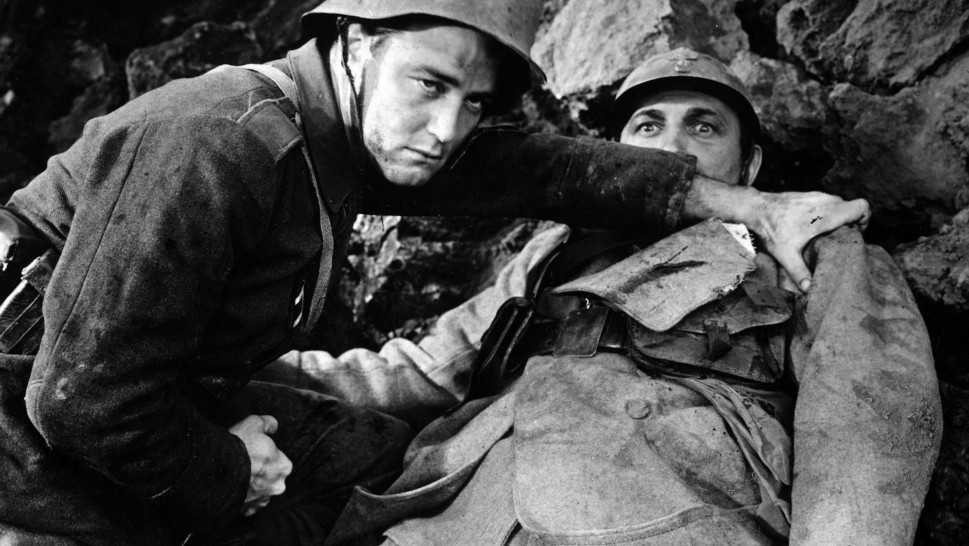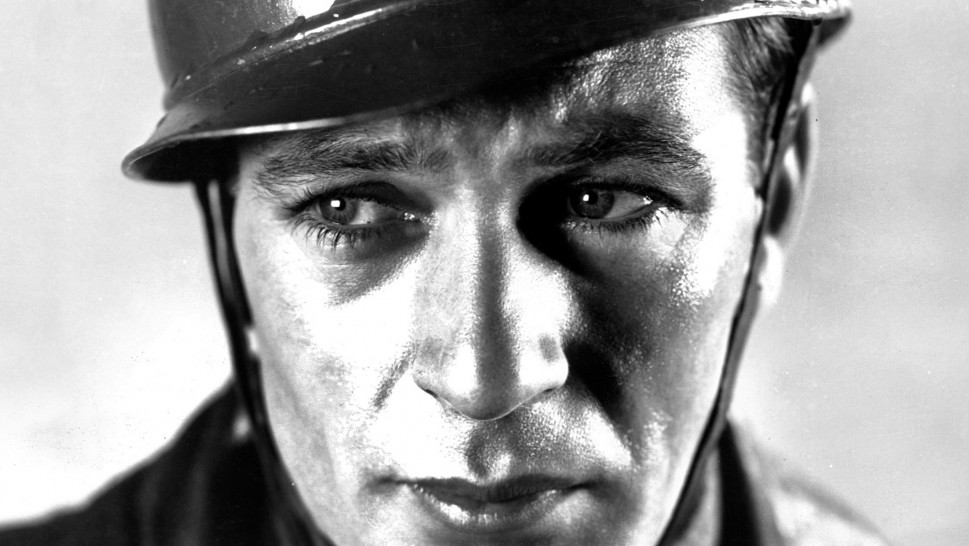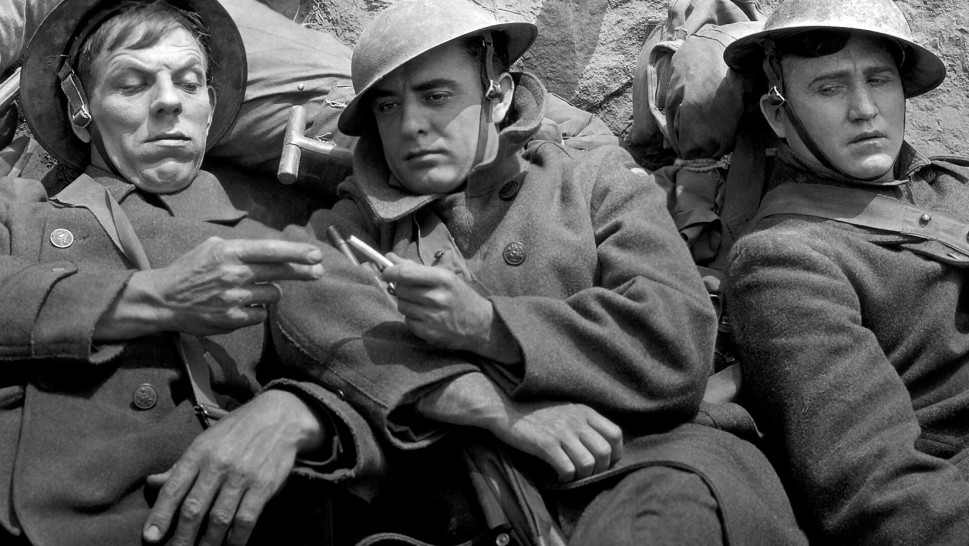



Grand Illusions
The Cinema of World War I
While war films date to the beginnings of cinema and the Spanish-American War, World War I’s magnification of the mutual impact of war and cinema on each other brought the relationship to an entirely new level. As the war that introduced modern technology into combat, World War I saw film and the moving image enlisted as instruments of surveillance and documentation. Away from the battlefront, propaganda films and newsreels worked to keep the civilian population informed and to incite them to join the fight.
But the war’s major impact on the cinema had to do with fictionalized depictions of combat. In the years after the 1918 Armistice, when the massive cost of the war had been calculated and as the realization dawned that its impact was immeasurable, filmmakers turned to the feature film in an attempt to grapple with what had happened. For one thing, the feature film itself received a significant boost from the war. When the war began, only a few companies released anything longer than two reels. But the massive success in the US of The Birth of a Nation (1915), at a time when foreign films were rare due to the fighting, meant that by the end of the war, the continent was flooded with American feature films from the US, leaving the European industries no choice but to adapt. As the earliest films in this series show, filmmakers on both sides of the Atlantic learned to turn their tales of combat into an evening’s entertainment with the use of such narrative situations as the brothers or friends separated by the war who find themselves on opposite sides of the struggle, or the young lovers either thrown together or torn apart by the fighting.
This survey of films about World War I is meant to span several countries, decades and contexts, illustrating that the trauma of the war meant that as often as not, war films became anti-war films. If the conflict was not “the war to end all wars,” it nevertheless represented the end of the early modern age and the coming of an entirely new world, one in which cinema would have a central place. – DP
This program is presented in conjunction with a two-day conference at the Mahindra Humanities Center at Harvard, In Our Time: The Great War at 100, on February 12 and 13.
















